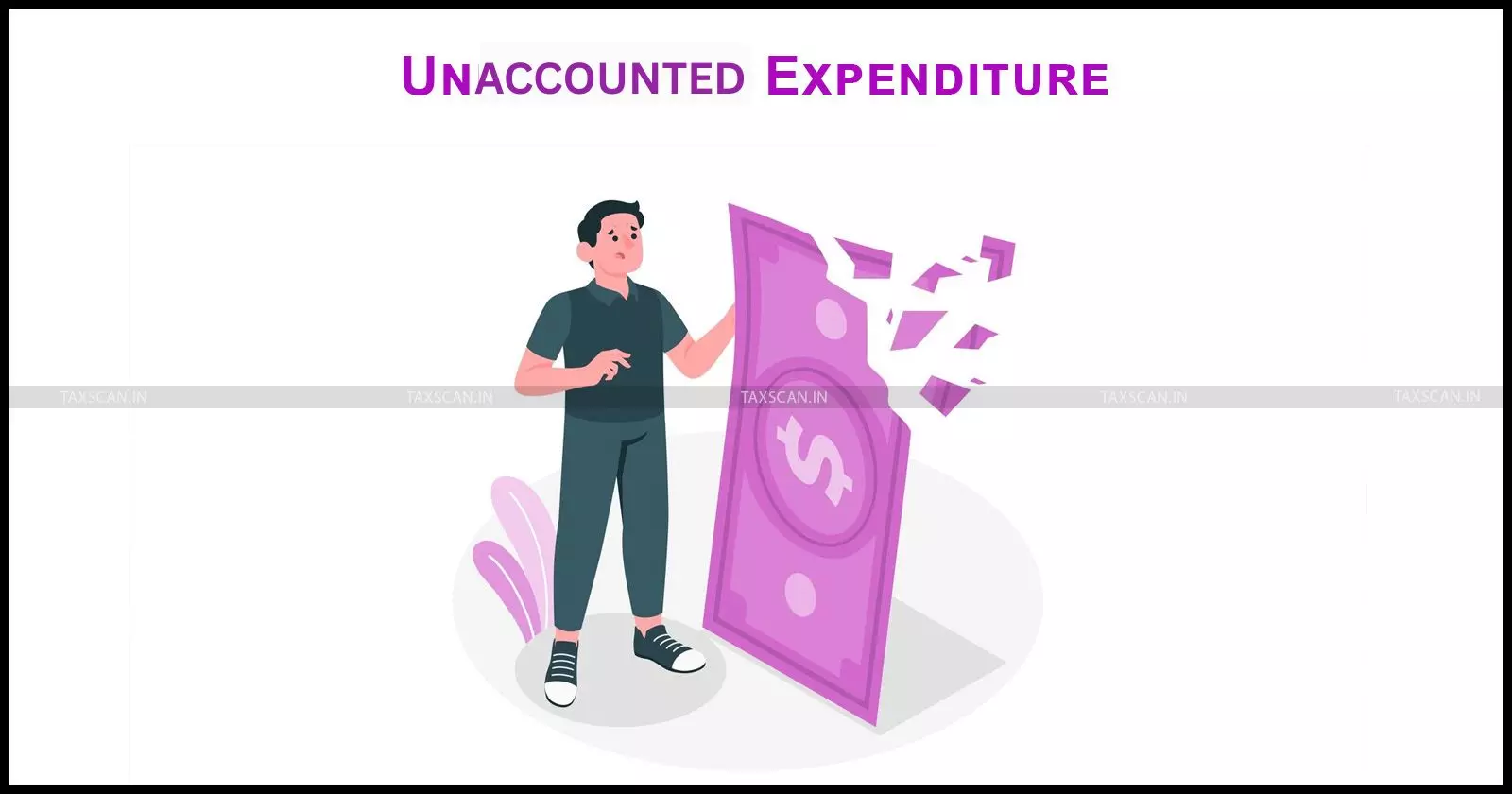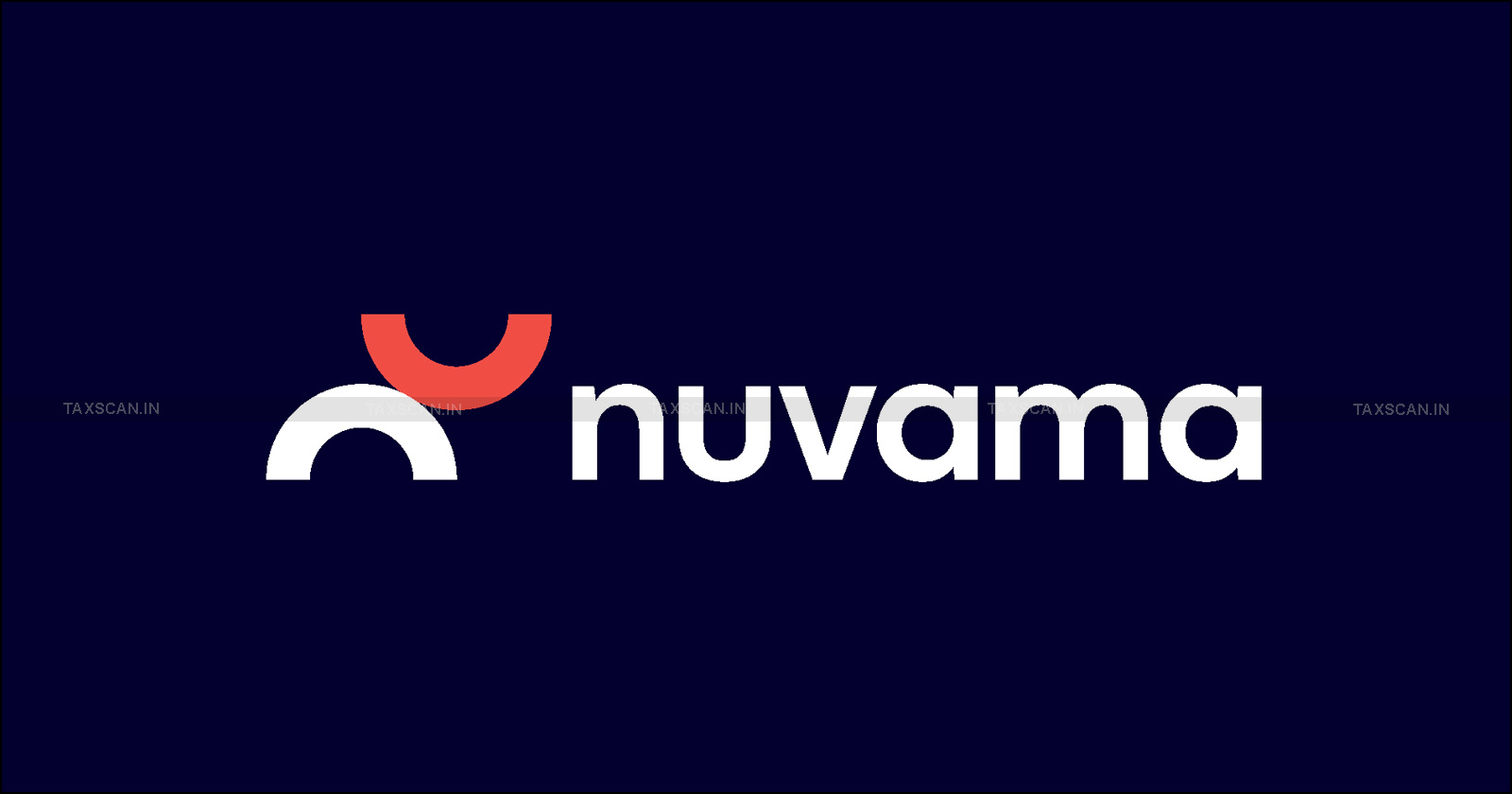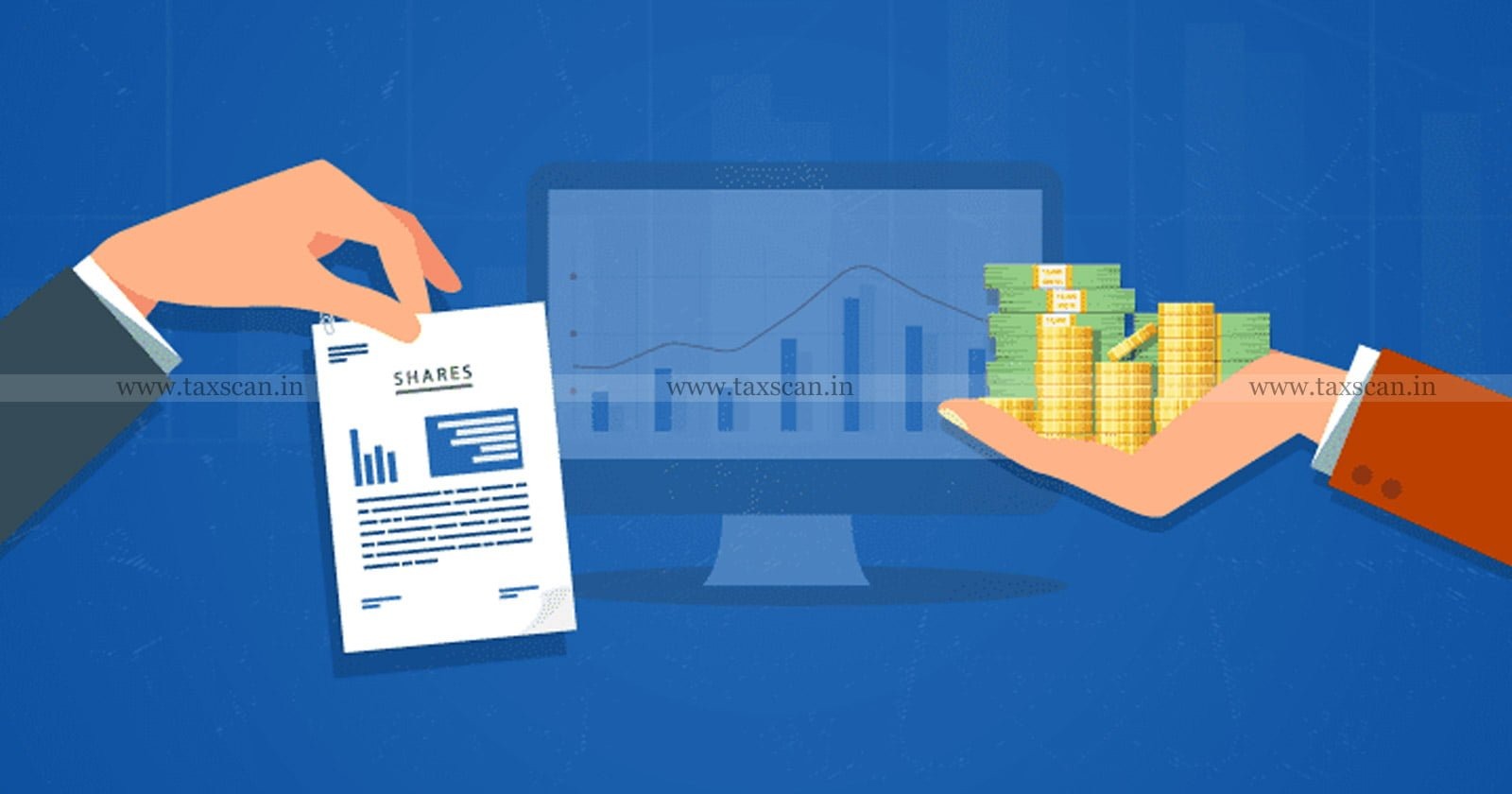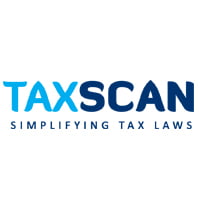AO Failed to Disprove Expenses Vouched by Cheque on Painting & Marble Work: ITAT Deletes unaccounted expenditure addition [Read Order]
The Tribunal ruled that the assessee's payments for painting and marble polishing made through bank cheques, which were duly recorded in the books and substantiated by supporting bills, could not be treated as unexplained.

Unaccounted - Expenditure - taxscan
Unaccounted - Expenditure - taxscan
The Jaipur Bench of the Income Tax Appellate Tribunal (ITAT) deleted the additions made on account of unexplained expenditure related to the construction of his residential house for Assessment Year (A.Y.) 2019-20 noting that the Assessing Officer (AO) failed to disprove expenses vouched by cheque on painting & marble work.
Sunil Kumar Agarwal (assessee), an individual engaged in the business of precious and semi-precious stones. The two primary additions challenged by the assessee unaccounted Painting/Polishing Expenditure ₹13,79,817 and Unaccounted Marble Fixing/Polishing Labour ₹6,92,164.
The AO made additions and argued that while the payments were made through banking channels, the expenditure remained unexplained because the notices sent to two of the painting vendors under Section 133(6) were returned unserved.
Comprehensive Guide of Law and Procedure for Filing of Income Tax Appeals, Click Here
 Also Read:ESOP Cost Rightly Allowed as Business Expenditure: ITAT Sets Aside PCIT Order against Nuvama Wealth after Finding Proper AO Inquiry [Read Order]
Also Read:ESOP Cost Rightly Allowed as Business Expenditure: ITAT Sets Aside PCIT Order against Nuvama Wealth after Finding Proper AO Inquiry [Read Order]
The AO also argued that some marble/labour parties who responded to summons could not fully substantiate the nature of the work they performed. Aggrieved by the commissioner of the Income Tax (appeals) [CIT(A)].
The CIT(A) upheld the additions made by the AO. Aggrieved by the CIT(A)’s order, the assessee filed an appeal before the ITAT.
The two-member bench comprising Dr. S. Seethalakshmi (Judicial Member) and Rathod Kamlesh Jayantbhai (Accountant Member) examined the facts and concluded that the AO and the CIT(A) had erred in sustaining the additions of ₹20,72,000 when the payments were clearly substantiated by the assessee's records.
The tribunal observed that the disputed amounts were paid by account payee cheques and were duly reflected in the assessee's regular books of account for the relevant financial years, supported by contractor bills.
Master the Latest Amendments in Income Tax Act Click here
The Tribunal noted that the mere fact that a letter sent by the AO to a vendor under Section 133(6) was returned unserved could not be grounds for treating a genuine expenditure made via cheque as unexplained.
The Tribunal cited the Delhi High Court's precedent in PCIT Vs. Wel Intertrade Private Limited, which held that failure of the creditor to respond to a notice does not automatically justify an addition.
Regarding the marble labour expense of ₹6,92,164, the Tribunal observed that the AO's attempt to disprove the expenditure relied heavily on the workers' inability to precisely describe the nature of their work.
The Tribunal held that since the payments were made by cheque and the workers who attended the summons did not dispute receiving the money, the addition was purely based on surmises and conjectures.
The Tribunal ruled that once the assessee produced the bills and evidence of payment through official banking channels, the burden shifted, and the AO failed to provide any contrary material to prove that the expenditure was fictitious or for a non-genuine purpose.
 Also Read:Capital Market Transactions through Banking Channels Accepted as Genuine: ITAT Deletes Additions on Share Transactions under Income Tax Act
Also Read:Capital Market Transactions through Banking Channels Accepted as Genuine: ITAT Deletes Additions on Share Transactions under Income Tax Act
The bench directed the deletion of both disputed additions and concluded that there was no basis for making the addition in the hands of the assessee as undisclosed investment. In the result, the appeal of the assessee was allowed.
Support our journalism by subscribing to Taxscanpremium. Follow us on Telegram for quick updates


